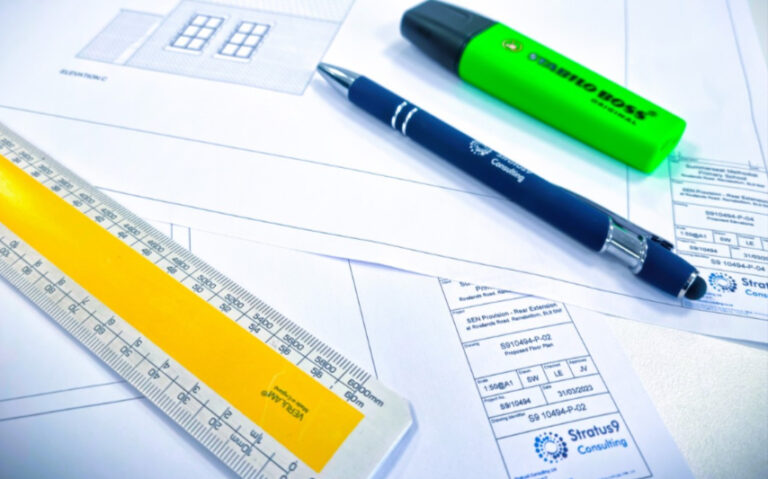Applying for planning permission is a vital step in the construction process, whether it involves building a new home, renovating an existing property, or undertaking commercial development. A well-prepared planning application significantly increases the likelihood of approval, while a poorly prepared one can lead to delays, complications, and additional costs. This article provides a comprehensive guide on the planning application process, covering preparation, submission, and what follows afterward.
Understanding the Planning Application Process
The planning application process involves obtaining permission from the Local Planning Authority (LPA) for certain types of development. This procedure ensures that all proposed projects comply with local planning policies, environmental regulations, and building standards. There are several types of planning applications, each suited to different development needs:
- Full Planning Application: This type is required for most developments, including constructing a new building, making substantial extensions, or changing the building’s use.
- Outline Planning Application: This application is used to determine whether the general principles of a development proposal are acceptable, without needing full details.
- Householder Planning Application: Typically used for smaller projects, such as extensions, modifications, or other alterations to a residential property.
- Listed Building Consent: Required for any changes or extensions to a listed building, ensuring that any work respects the character and historical significance of the structure.
Preparing for a Planning Application
Preparation is a critical stage in the planning application process. It involves gathering all necessary information and documentation before submission to the LPA. The key steps in preparation include:
- Research and Pre-Application Advice: Understanding local planning policies and guidelines is crucial to ensure that a project aligns with these standards. Engaging early with the LPA for pre-application advice can provide insight into potential challenges and requirements, increasing the chances of success.
- Site Survey and Design Considerations: Conducting a thorough site survey is essential to identify both the opportunities and constraints of the location. Based on the findings, applicants should develop a design strategy that considers the site’s size, shape, and surrounding area to maximize the project’s viability and appeal.
- Gathering Supporting Documents: Several documents must be prepared to support a planning application. These typically include a site plan, floor plans, elevation drawings, and a design and access statement. Depending on the nature of the development, additional documents like environmental impact assessments, flood risk assessments, or heritage statements may also be required.
Submitting the Planning Application
Once the preparation phase is complete, the planning application can be submitted to the LPA. The submission process involves several critical steps:
- Completing Application Forms: Applicants must fill in all sections of the relevant forms accurately, providing comprehensive details about the proposed development to avoid delays or rejection.
- Paying Application Fees: A fee is usually required when submitting a planning application. The cost varies depending on the size and type of development. Payments are often made online or directly to the LPA.
- Validation of the Application: After submission, the LPA checks that all required information and documents have been provided. If the application is incomplete, it may be returned or additional information requested.
Steps Following Submission
Once submitted and validated, the planning application undergoes several stages before a decision is reached:
- Public Consultation: The LPA will notify the public and relevant stakeholders about the proposed development. This process often involves placing a notice on the site, notifying neighboring properties, and posting details on the LPA’s website. This stage allows the community and other interested parties to express their views.
- Assessment by Planning Officers: Planning officers will review the application against national and local planning policies, considering factors such as design, environmental impact, and public feedback. A site visit is often conducted to gather further information.
- Decision Making: The LPA will decide whether to approve or refuse the application. The decision is typically made within 8 to 13 weeks, depending on the complexity of the project. Approval may come with conditions that must be met during the development.
- Appeals Process: If the application is refused or conditions are disputed, the applicant can appeal the decision. Appeals are reviewed by an independent inspector who reassesses the application based on the grounds of the appeal.
Importance of a Well-Prepared Planning Application
Submitting a planning application is a pivotal step in any development project. Being thoroughly prepared and understanding the process can significantly enhance the chances of a successful outcome. Whether developing a new residential property, expanding an existing building, or embarking on a commercial project, careful preparation of a planning application helps ensure that the development complies with legal and regulatory requirements, minimizing risks and delays.
By following the steps outlined in this guide, applicants can navigate the planning application process with greater confidence and achieve their development goals more efficiently.

